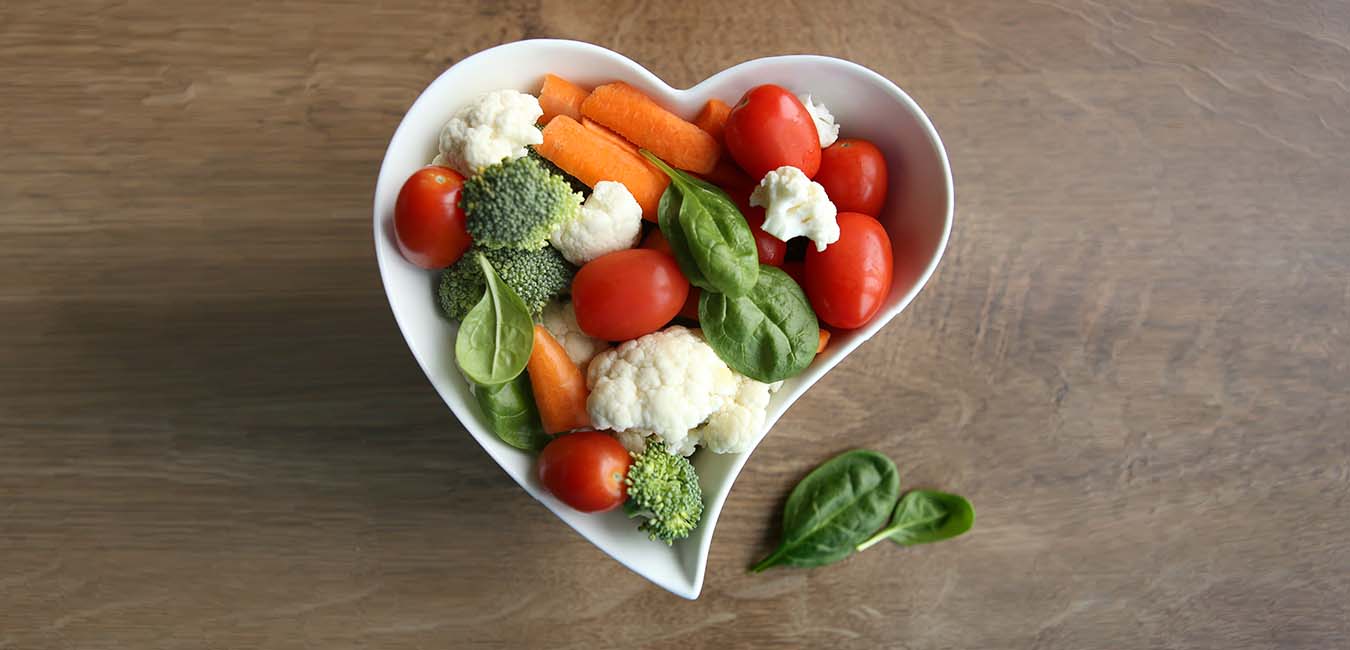If you’re looking after your health, it’s important to eat plenty of fruits and vegetables. But, as you probably know, some of these foods are better for you than others.
Potatoes are fine to eat in moderation, for instance. But cucumbers, spinach, and broccoli are better bets when you want to fill up. One reason for this is that these foods have a low glycemic index (GI), which measures how much a specific food increases your blood sugar levels.
Emphasizing foods that have a low-GI score can help you regulate your blood sugar, improving or preventing diabetes. Low-glycemic foods can also help you lose weight and reduce your cholesterol—additional benefits for your heart.
High-glycemic foods do the opposite. These are typically foods that are high in refined carbohydrates and sugar, such as white bread, white rice, pasta, baked goods, snack foods, and sugary drinks. A diet that is loaded with these processed foods puts you at a greater risk for problems like heart attacks and strokes.
The latest evidence for the heart benefits of a low-GI diet comes from a large worldwide study of close to 138,000 people, recently published in the New England Journal of Medicine. The study tracked the diet and heart health of people for about 9 1/2 years and included people from poor-income countries as well as those where incomes were higher. That let researchers know that the GI of foods affects a wide variety of different eating patterns.
The findings? Compared with people who ate lots of high-glycemic foods, those who ate a low-glycemic diet were less likely to have heart attacks, strokes, and heart failure. They were also less likely to die an early death from any cause. The effect was the same whether people had already experienced heart problems in the past or not.
If you want to avoid heart problems and diabetes—a heart disease risk factor—looking at the GI of foods can be helpful. In general, try to choose more foods that have a low or moderate glycemic index. These include:
- Non-starchy vegetables like broccoli, tomatoes, cauliflower, carrots, and spinach
- Fruits, such as apples, berries, grapefruit, and oranges
- Whole grains, including oats, quinoa, couscous, and buckwheat
- Most nuts, legumes, and; beans like lentils, black beans, and chickpeas
- Milk and yogurt
Eat fewer high-glycemic foods. These include:
- White bread, bagels, noodles, and pasta
- White rice
- Starchy vegetables like potatoes and pumpkin
- Watermelon and pineapple
- Cakes, cookies, and muffins
- Snacks like crackers, chips, pretzels, and chocolate
- Sugar-sweetened drinks, such as juices, sports drinks, and soda
Meats, and fats including olive and vegetable oils, do not have a GI because they don’t contain carbohydrates. Find a guide to the GI of many other foods here.
Eating the Low-Glycemic Way
The National Institutes of Health provides these tips to make the most of this eating pattern.
- If you are eating a high-GI food at a meal, try to combine it with low-GI foods to balance glucose levels. For example, eat some nuts when you eat fruit or something sweet.
- Processed foods tend to have a higher GI. Fruit juice has a higher GI than whole fruit. For instance, eating a fresh orange with the fiber has a much lower GI than drinking orange juice with added sugar and fiber removed.
- Very ripe foods have a higher GI than less ripened versions.
- How you cook foods can change the GI, with longer cooking times raising the GI of many foods. For instance, pasta cooked al dente has a lower GI score than softer noodles.
- Remember that calories and portion size still matter! Overeating can lead to weight gain.
By factoring in the glycemic index of the foods you eat, you can improve everything from blood sugar control to cholesterol, giving both your heart and metabolic system a boost!
To learn more about your individual risk for heart disease and/or diabetes, ask your doctor about special testing.

